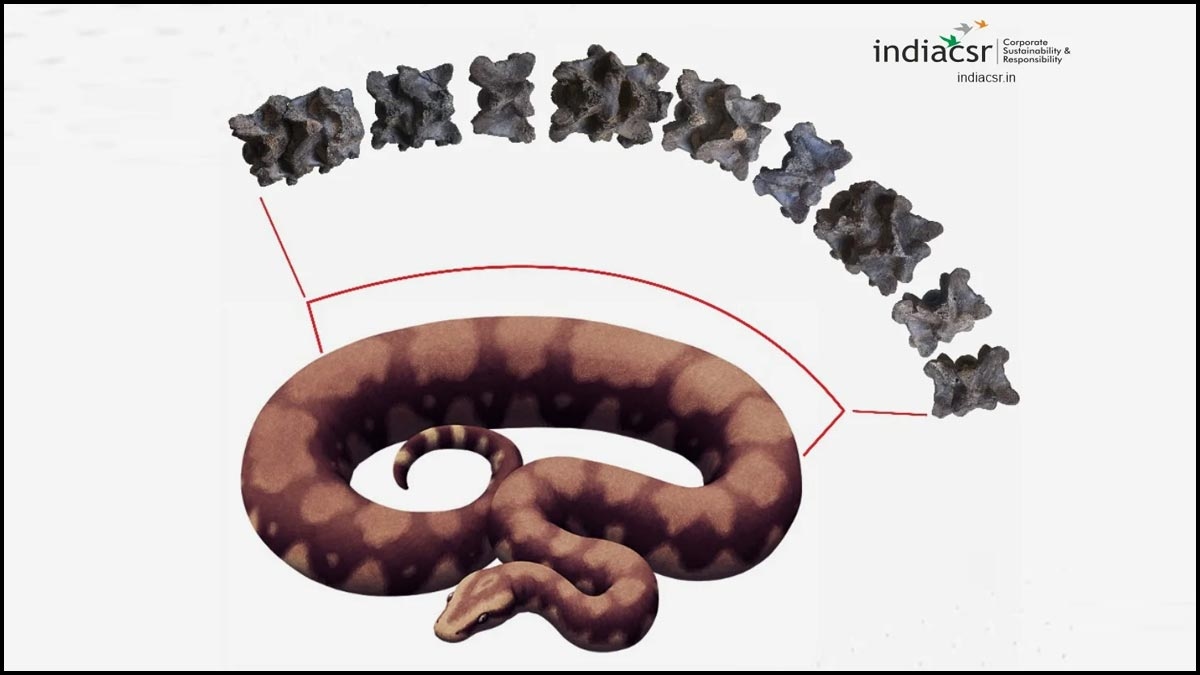Unprecedented Find: Researchers Unearth Massive Snake Fossil in India's Western Forests


Send us your feedback to audioarticles@vaarta.com



On Thursday, scientists discovered an enormous ancient snake, excavated in India, that might have been as long as a school bus and weighed a ton.
Excavated near a coal mine, the fossils revealed a serpent measuring between an estimated 36 feet (11 meters) and 50 feet (15 meters)—a size similar to the most giant known snake, at about 42 feet (13 meters), inhabiting what is now Colombia.
Presently, Asia's reticulated python holds the title for the largest living snake, measuring 33 feet (10 meters).
The findings suggest that 47 million years ago, this giant creature roamed the swampy evergreen forests of Western India and was probably as heavy as 1,000 kilograms. It was named Vasuki indicus to honor the mythological snake Vasuki, one of the serpents that embellishes the neck of the god Shiva, explained study co-author Debajit Datta from the Indian Institute of Technology Roorkee.

Datta described how massive Vasuki must have been; however, it was a lazy predator, preferring to ambush the prey through constriction.
Discovered in 2005 near Kutch, Gujarat, the remains of the backbone were examined by co-author Sunil Bajpai. While it remains a mystery what the diet of Vasuki was, Datta said, there is evidence from fossils from the same period suggesting that it lived with a collection of swamp dwellers, from catfish, turtles, crocodiles, and primitive whales—potentially on the menu.
However, Jason Head, a paleontologist at Cambridge University, added that both Vasuki and the Colombian giant snake Titanoboa should be viewed as having flourished in ancient, warm global climates because the cold-blooded nature of both creatures prefers the proper temperatures for their large size.
Yet he ruled out the possible emergence of contemporary global warming, launching similar colossal serpents, because of the supersonic speed of climate change, which, in his opinion, would prevent an animal from evolving at such a rate.
Follow us on Google News and stay updated with the latest!
Comments
- logoutLogout

-

Bala Vignesh
Contact at support@indiaglitz.com




 Follow
Follow















































-a3e.jpg)
-3c4.jpg)
-e5c.jpg)
-e66.jpg)

-71b.jpg)








